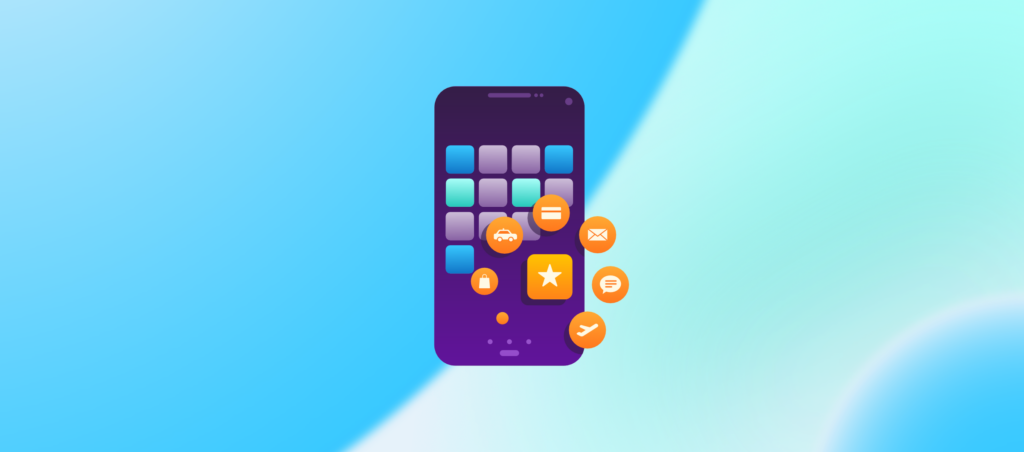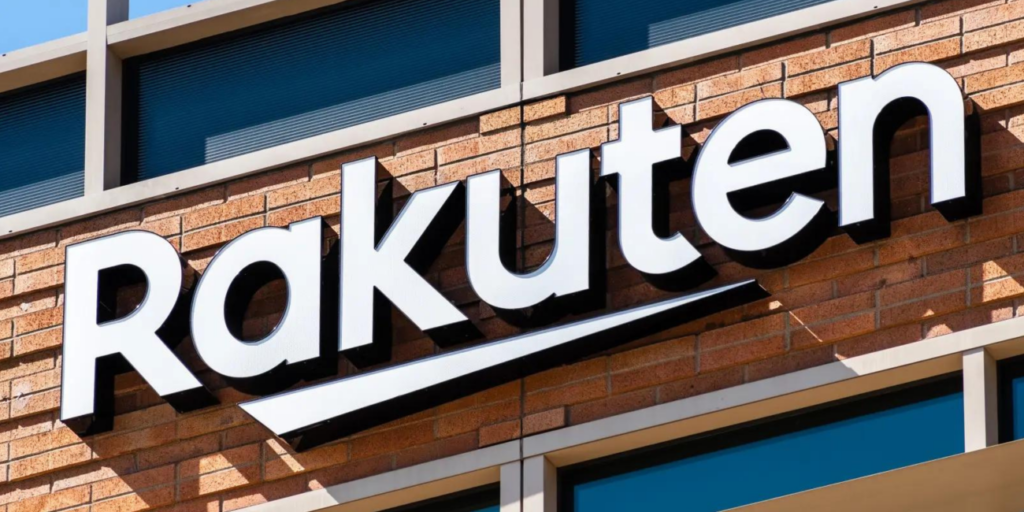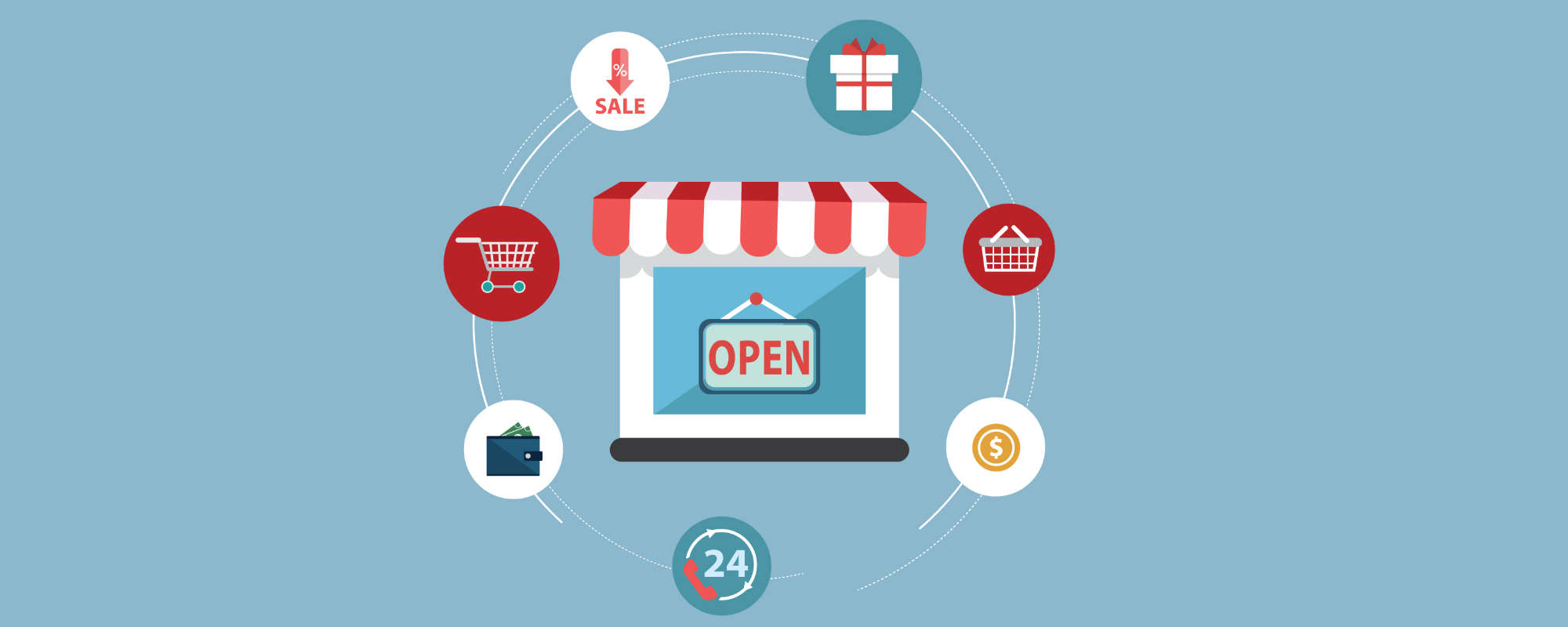In today’s digital era, businesses rely heavily on robust technology stacks and cloud infrastructure to gain a competitive advantage. One such global powerhouse that has successfully harnessed the power of technology is Rakuten, a Japanese e-commerce and online retail giant. In this article, we will delve into the intricacies of Rakuten tech stack, while also exploring the cloud infrastructure that enables seamless scaling and agility.
From the cutting-edge tools and platforms used to the strategic partnerships that fuel the company’s growth, we will uncover the secrets behind Rakuten’s technological prowess and its drive to create a seamless digital experience for millions of customers worldwide.

Frontend technologies of Rakuten Tech Stack
Rakuten tech stack consists of various tools, programming languages, and frameworks that help improve the front-end development environment by utilizing the latest technologies. Some of the components of Rakuten’s frontend tech stack might include:
HTML: HTML is the standard markup language for creating web pages and web applications. It provides the basic structure for a website and allows developers to create and format content on the web.
CSS: CSS is a stylesheet language that controls the visual appearance of HTML elements on a web page. It allows developers to apply styles, such as colors, fonts, and layouts, to the HTML content.
JavaScript: JavaScript is a widely-used programming language that enables developers to create interactive and dynamic web content. It is primarily used for client-side scripting and can manipulate HTML and CSS elements on a web page.
Frontend Frameworks: Rakuten’s frontend development might involve the use of popular frameworks, such as React, Angular, or Vue.js. These frameworks help developers build responsive and scalable web applications by providing a robust structure and reusable code components.
Build Tools and Task Runners: Tools like Webpack, Gulp, or Grunt can be part of Rakuten’s frontend tech stack. These tools automate tasks like code minification, compilation, and bundling, which optimize web applications for better performance.
Version Control System: Rakuten’s front-end developers may use a version control system such as Git for tracking code changes and collaborating with other team members on the same project.
Read more: Why Does The West Need To Leapfrog Into The Super App Era?
Backend technologies of Rakuten Tech Stack
Frameworks: Backend frameworks simplify the development process by providing a structure for developers to work within. Some popular backend frameworks used by Rakuten tech stack are Express.js (for JavaScript), Django (for Python), Ruby on Rails (for Ruby), and Laravel (for PHP).
Data storage: Backend systems need to store and manage data efficiently. This is usually achieved through the use of databases, such as relational databases like MySQL, PostgreSQL, or Oracle, or NoSQL databases like MongoDB, Cassandra, or Redis.
Server environment: Backend applications need a server environment to run on, such as Apache, Nginx, Microsoft IIS, or Node.js. These servers handle incoming requests, execute the backend logic, and return responses to clients.
API management: API management platforms are used to handle API adoption, lifecycle, and governance. Rakuten tech stack may use such a platform to standardize and manage its APIs, ensuring seamless communication between different services and applications.
Cloud services: Companies like Rakuten often utilize cloud services, such as Amazon Web Services (AWS), Microsoft Azure, or Google Cloud Platform, to deploy, manage, and scale their backend infrastructure. These services offer various tools and resources for managing server environments, data storage, and more.

Infrastructure technologies of Rakuten Tech Stack
OpenStack: Rakuten initially built its private cloud infrastructure using OpenStack, an open-source platform for cloud computing. However, due to the acquisition of Robin.io and a shift towards cloud-native technologies, OpenStack is being phased out.
Robin.io’s Symcloud: Rakuten is in the process of shifting its 4G workloads to Robin.io’s Symcloud, a cloud-native platform that allows for significant cost savings and increased efficiency. The transition is expected to be completed by March 2022.
Rakuten Symphony Symworld: This platform is a comprehensive blueprint for cloud-native telecom operations, offering more than 110 pre-integrated, telecom-specific cloud-native functions. It enables rapid deployment and product launches for telecom service providers.
Amazon Web Services (AWS): Rakuten Symphony is partnering with AWS to make the Symworld platform available on AWS, providing greater agility, elasticity, and security to telecom customers, as well as improving the overall efficiency of their existing choices.
Microsoft Azure: Rakuten’s site manager tool, which has been sold to AT&T, runs on the Microsoft Azure cloud, showcasing the flexibility of their technology stack to be deployed on various cloud environments.
In summary, Rakuten’s technology stack consists of a combination of cloud-native technologies, such as Robin.io’s Symcloud and Rakuten Symphony Symworld, as well as established cloud platforms like AWS and Microsoft Azure, allowing for flexible and efficient cloud infrastructure.
Conclusion
Rakuten’s tech stack and cloud infrastructure have proven to be key drivers in the company’s success and rapid growth. By leveraging cutting-edge technologies and strategically investing in the right tools, Rakuten has been able to create a robust, scalable, and efficient ecosystem. This has not only enabled it to stay ahead of its competitors but also to deliver exceptional customer experiences.
As the digital landscape continues to evolve, Rakuten’s commitment to innovation and adaptability will undoubtedly keep it at the forefront of the industry. Companies looking to thrive in today’s competitive market should take note of Rakuten’s approach and consider how they too can harness the power of a well-designed tech stack and cloud infrastructure. Building super apps like Rakuten, Rappi, and Glovo that can offer multiple categories of services is easy with Appscrip.










